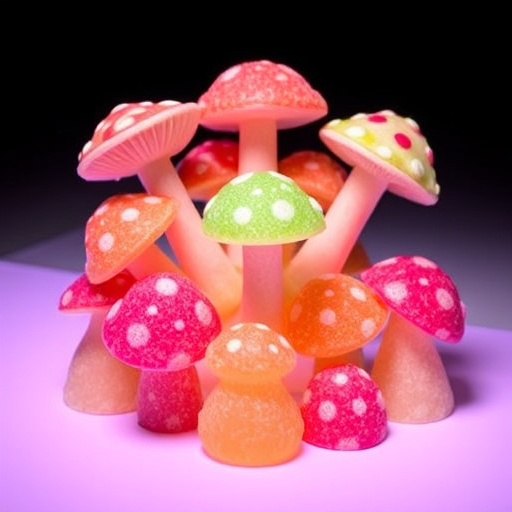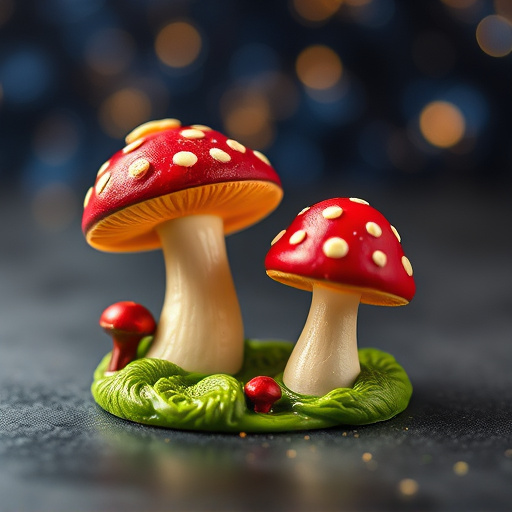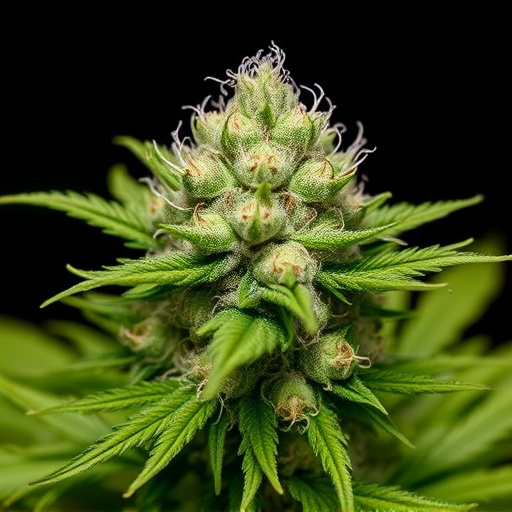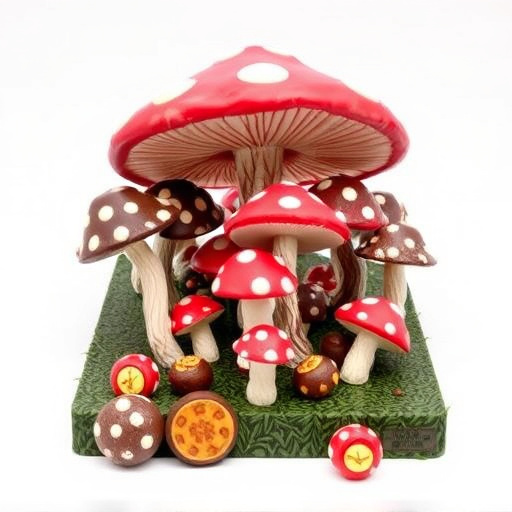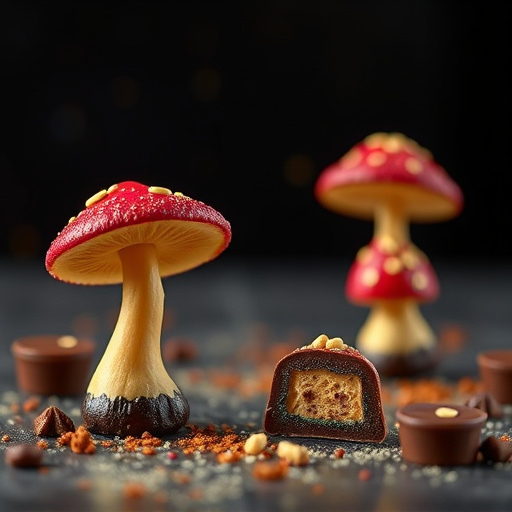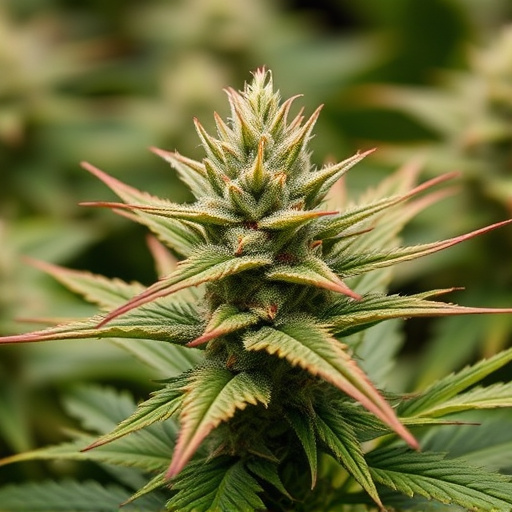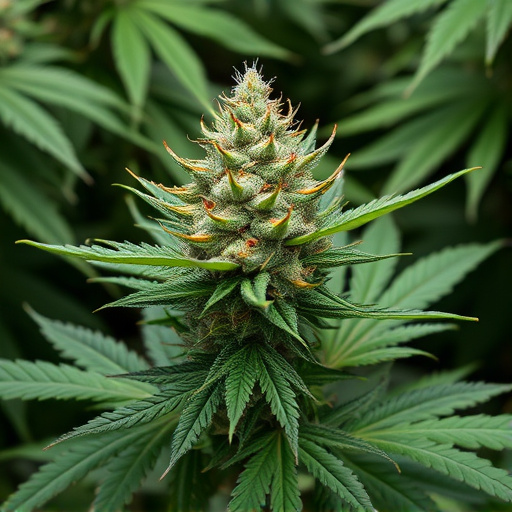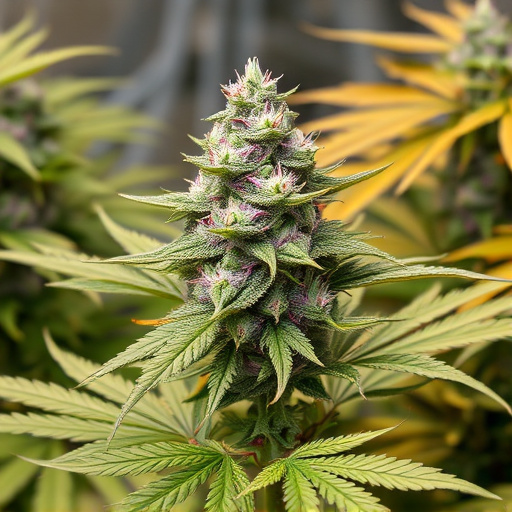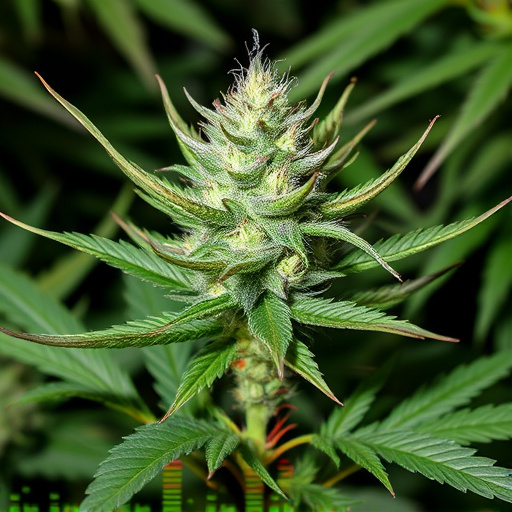The rich history of cannabis offers diverse original strains with unique characteristics and effects, from energizing Sativas to calming Indicas. Understanding these differences and terpene profiles is key to crafting effective edibles. Decarboxylation converts raw cannabinoids into active THC, followed by extraction methods like solvent or oil. Creating homemade cannabis edibles provides creative control over ingredients, potency, and flavor, allowing experimentation with unique combinations of original strains. Patience is essential during extraction and infusion processes, resulting in treats from savory poppers to sweet chocolate truffle balls for every taste preference.
Discover the art of creating your own delectable cannabis edibles with this comprehensive guide. Explore the world of original strains of cannabis, understanding their unique characteristics and effects to tailor your culinary creations. Learn the essential steps of preparing cannabis flower for edibles, including decarboxylation and extraction methods. From infused chocolates to aromatic infusions, unleash your creativity in the kitchen while harnessing the benefits of nature’s offerings.
- Understanding Original Strains of Cannabis: Characteristics and Effects
- Preparing Cannabis Flower for Edibles: Decarboxylation and Extraction
- Creative Recipes and Tips for Crafting Delicious Cannabis Edibles at Home
Understanding Original Strains of Cannabis: Characteristics and Effects
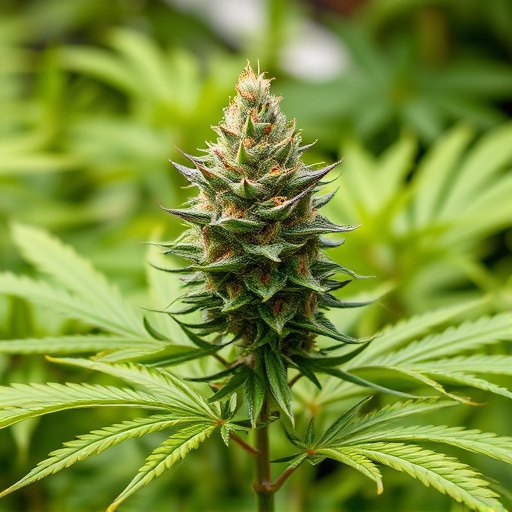
Cannabis has a rich history, with numerous original strains cultivated over centuries, each boasting unique characteristics and effects. Understanding these distinct traits is key to creating delicious and effective edibles. From Sativa’s energizing highs to Indica’s calming effects, each strain offers a different experience. For example, popular Sativa varieties like Thai or Cuban Cuz may provide cerebral stimulation, ideal for creative activities, while Indicas such as Northern Lights or Purple Haze offer more relaxing and sedative experiences, perfect for unwinding after a long day.
Original strains also vary in terpene profiles, which significantly influence aroma, flavor, and potential therapeutic benefits. Terpenes like myrcene, limonene, and pinene contribute to the distinct smells and tastes of cannabis. Knowing these characteristics allows you to select strains that align with your desired effects and create edibles that cater to specific needs or preferences, making the process both an art and a science.
Preparing Cannabis Flower for Edibles: Decarboxylation and Extraction
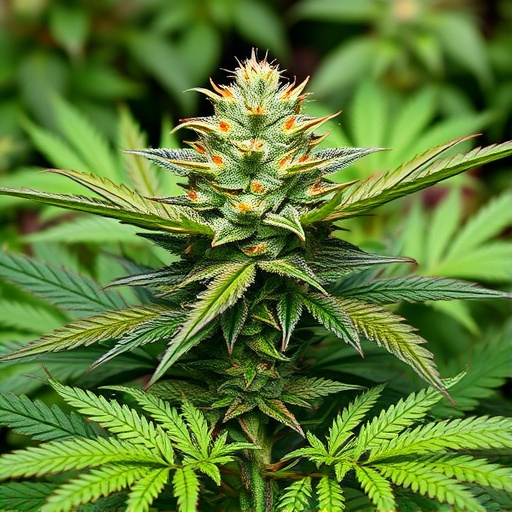
To prepare cannabis flower for edibles, the first step is decarboxylation—a process that converts the raw cannabinoids into their activated forms, making them bioavailable for absorption by the body. This is essential as raw cannabis contains THCA (tetrahydrocannabinolic acid), which isn’t active and won’t produce any psychoactive effects. By heating the flower, typically through baking or using a decarboxylator, THCA converts to THC, ready for consumption.
Once decarboxylated, extraction comes next. This involves separating the desired compounds from the plant material. Common methods include solvent extraction (using ethanol or CO2) and oil extraction (by heating and pressing). Solvent-based methods produce concentrated cannabis oils while oil extraction yields a more holistic extract. The choice depends on personal preference and the type of edible being created, with original strains of cannabis offering a range of unique profiles to work with during this crucial step.
Creative Recipes and Tips for Crafting Delicious Cannabis Edibles at Home
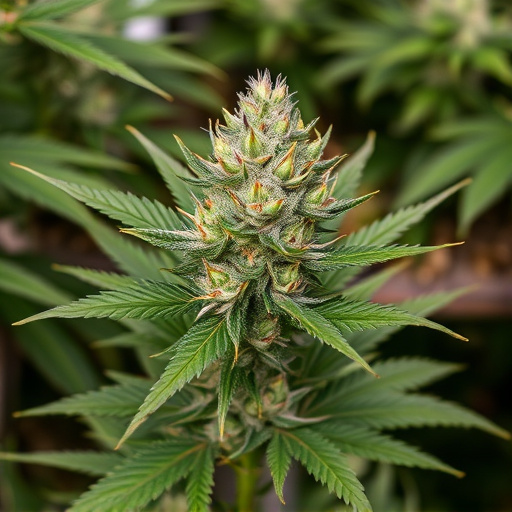
Creating delicious cannabis edibles at home allows for a creative outlet and ensures quality control over ingredients, potency, and flavor. When crafting your own edible creations, think outside the box with unique combinations. Experiment with infusing different original strains of cannabis into your recipes—each strain offers distinct flavors and effects that can elevate your culinary adventure. For example, try blending sativa strains known for their uplifting aromas with indica varieties renowned for their relaxing properties to tailor the experience to your desired mood.
Remember, patience is key when cooking with cannabis. Allow ample time for extraction and infusing processes to ensure the best results. Incorporate your favorite kitchen techniques—like slow cooking or double boiling—to perfectly infuse the cannabis into your chosen medium. Whether you prefer savory treats like infused poppers or sweet delights such as cannabis-infused chocolate truffle balls, there’s a recipe out there for every palate and preference.
Crafting edibles with cannabis flower is an art that combines knowledge of different original strains of cannabis, precise preparation techniques like decarboxylation and extraction, and a dash of creativity in the kitchen. By understanding the unique characteristics and effects of various cannabis strains, you can create delightful and effective edible treats at home. Remember, proper preparation ensures safety and maximizes the benefits derived from these natural offerings.
